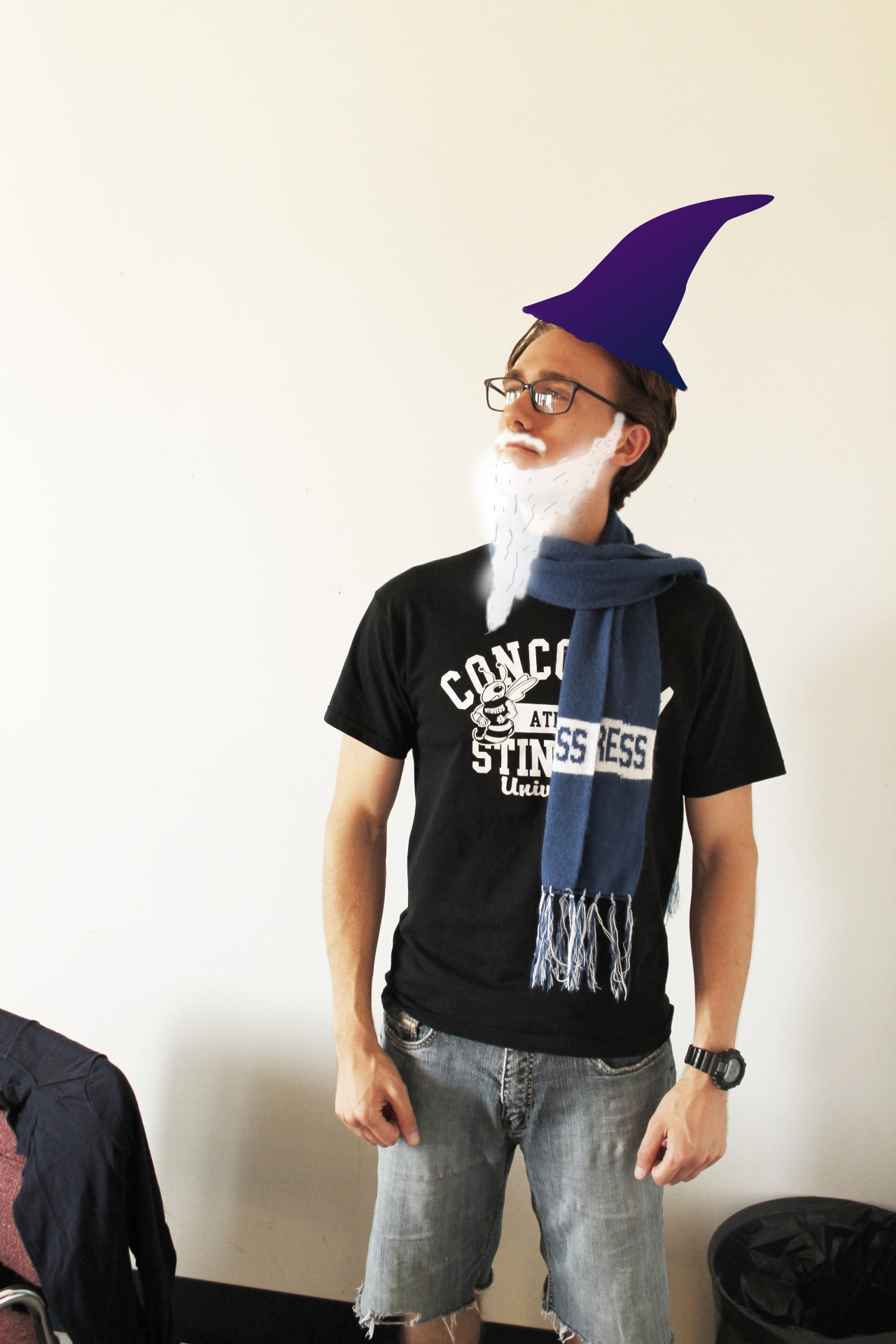Canada is at war. We declared war on Daesh, or the so-called “Islamic State” of Iraq and Al-Sham, more commonly known as “ISIS” in October 2014, and extended the war by a year this April. According to the National Post, Canada sent Canadian CF-18s to drop airstrikes on Daesh-held areas throughout this time.
France is also at war, but unlike Canada its citizens have been exposed to the horrifying violence of this conflict.
On Nov. 12 two suicide bombers killed 44 people in Beirut, Lebanon, and injured 200 others according to Al Jazeera. These bombings happened in a popular civilian district and Al Jazeera reported a third suicide bomber was stopped before he could detonate and create more carnage.
Not even a day later the news broke there had been a similar civilian attack in Paris and 18 people were thought to be dead. The live stream from BFMTV revealed the death toll was higher, and more gut-wrenchingly horrifying, than anyone could have anticipated early on in the night. In the morning, 129 people were reported killed.
The Concordian stands in solidarity with the victims of these Daesh attacks. These civilians are victims of a conflict they never directly participated in, and their deaths are horrific acts of terror that should be mourned.
However, it is also important to not have a knee-jerk reaction which turns ignorance into anger, and fear into hatred.
This was an attack by Daesh which demonstrates the cruelty and violence that the refugees and immigrants streaming across Europe are fleeing from. It’s the perfect demonstration of why we need to keep accepting refugees into Canada.
Frank Chalk, the director of the Montreal Institute for Genocide Studies, or MIGS, was quick to emphasize the difference between potential militants and frightened refugees.
“[Daesh] has nothing to do with the core values of Islam. It’s based on an interpretation and even then it’s eccentric,” said Chalk. “The whole idea of spiritual belief is to make the believer a better person who behaves in a decent way towards everybody, not just those who are part of the same faith,” said Chalk.
“There is nothing in Islam that says because you are not Muslim you need to die. This is an extreme version of a splinter group that has emerged based on hatred of Western values.”
In an article published by the CBC, security expert and University of Ottawa professor Wesley Wark said protecting civilians from suicide bombers and public shootings is incredibly hard. “Civilian soft targets are the ultimate symbolic targets. In the minds of Daesh and related jihadist groups, the objective is to sow sufficient fear and discord through terror attacks that countries will lose the will to fight back,” said Wark in the article, saying good intelligence is our best defense.
Chalk cited similar precautions.
“Of course we have to be very very careful to monitor the terrorist networks, their communication networks and have very good human intelligence … to be aware of when attacks are being planned, and to disrupt them and apprehend the people who are engaged in trying to kill people in their countries and in our own countries,” said Chalk.
Yet, more than this, our best defence goes beyond paying money so our government can screen incoming refugees and to monitor our neighbourhoods said Chalk.
“I think good intelligence work, careful monitoring, and most important of all maintaining the communications with the communities that migrants live in is the central job that assures us of a high level of security and greater success at integrating the communities and sharing our values with them,” said Chalk.
Daesh does not represent Islam. Daesh does not represent refugees and immigrants from the Middle East. And Daesh will not dictate how we treat our fellow Canadians, or people who are desperately fleeing violence and who want to become our fellow Canadians. It is essential that we don’t allow the fear and anger felt towards one group turn into the hatred and mistreatment of others.
Take a moment to remember why Daesh is attacking civilians.
If Daesh is turning to civilian targets then they are trying to undermine the morale of the people in countries like Lebanon and France, with the hopes that the civilians will force their governments to pull out of the conflict said Chalk. Terrorist attacks will bring the European governments under enormous pressure to close their borders and retaliate with heavy handed attacks, which helps radicalize more moderate Muslims in the West he added.
“So we have a choice,” said Chalk. “We can play into their hands and be very heavy-handed,” or we can have faith in our intelligence service and “[send] the message that we will not turn ourselves into xenophobic police states and we will not give a victory to the terrorists of [Daesh] and the hate mongers of [Daesh].”
